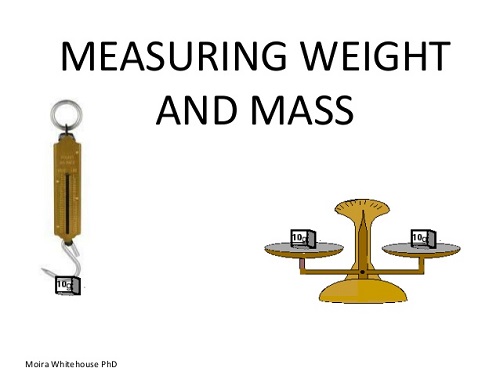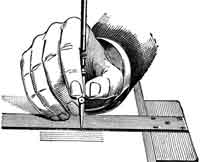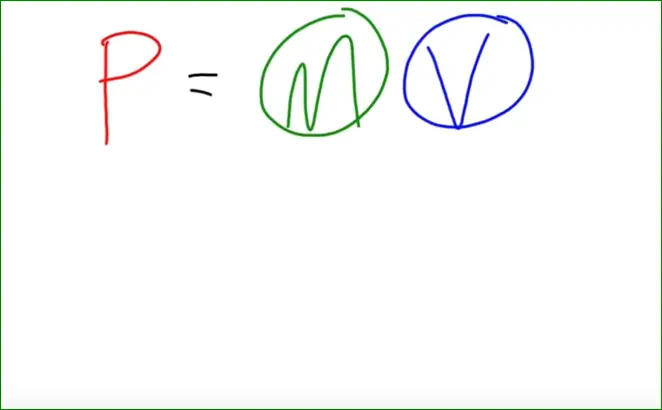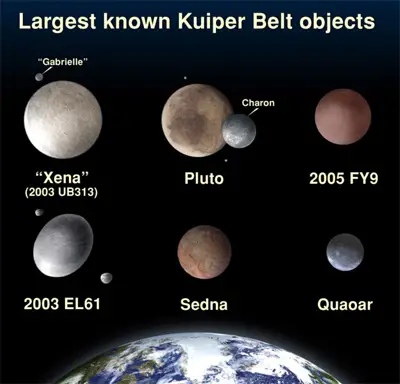What is Weight?
The term weight is usually associated with gym accessories, but, in this article, I’ll focus on its scientific meaning. In science, weight represents the magnitude of a force on a certain object due to the existence of a gravitational field. It’s usually denoted by W and is calculated as the product of the object’s mass and the magnitude of gravitational acceleration. The latter can vary depending on the gravitational field in which it is measured. For example, it’s around 9.8 on the surface of the Earth, but only 1.65 on the surface of the Moon. Hypothetically, any object’s weight could become zero if it was moved to infinity from any other mass. Of course, in practice, this is impossible and thus every object has a certain weight, though, as I mentioned above, it will vary depending on the strength of the gravitational field. The easiest way to measure the weight of an object is by using a spring scale. Granted, that will only work if the object is small enough and its weight can be supported by the spring without it breaking, but, for most everyday measurements, a standard spring scale will be more than enough. In professional scientific experiments, of course, different, more sophisticated tools are used. The SI system’s unit for weight is the Newton [N].

What is Mass?
More often than not, mass is confused with weight, and these two terms are used interchangeably, as if they were synonyms, which they are not. This is because of a single, very important difference – weight represents a force (the gravitational force exerted on a body due to it having mass and being in a gravitational field), while mass represents an intrinsic property of an object to resist acceleration when force is applied. Following the previous example of an object being measured on the surface of the Earth and the Moon, while it would have different weight, its mass would remain the same, since it doesn’t depend on the gravitational field in which the object is. Mass can be calculated directly by measuring the acceleration of the body when a known force is applied, by following the famous Newton’s second law of motion, F = ma, where F is the intensity of the applied force, a is the measured acceleration, and m is the mass that we’re looking for. The SI system’s unit for mass is kilogram [kg].
Similarities Between Weight and Mass
As I have already mentioned, mass and weight are two different things and so they only have a single similarity: they are both properties of matter. While mass basically describes the amount of matter (not to be confused with volume, which describes the amount of space), weight represents the gravitational force issued on an object, and is directly proportional to mass. Apart from that everything else is different – weight is a vector quantity, while mass is a scalar quantity, they have different units, represent different things, and the only thing that connects the two is the Newton’s second law of motion and the fact that they are fundamental properties of matter.
- Both mass and weight are fundamental properties of matter
Summary: Similarities Between Weight and Mass
Weight and mass are two completely different things. While weight describes the force that is issued on an object in a certain gravitational field due to it having mass, mass represents the amount of matter an object has. Another definition of mass is the object’s resistance to acceleration when force is applied. Mass can be calculated through Newton’s second law of motion. This law can also be used to calculate weight, but the term for acceleration should be replaced with the gravitational acceleration, a constant that depends on the intensity of the local gravitational field. This means that an object will have the same mass throughout the universe, but its weight would vary depending on how close it is to other objects that have mass.
Author: Dr. Howard Fields
Dr. Howard is a Clinical Psychologist and a Professional Writer and he has been partnering with patients to create positive change in their lives for over fifteen years. Dr. Howard integrates complementary methodologies and techniques to offer a highly personalized approach tailored to each patient.












Leave a Reply